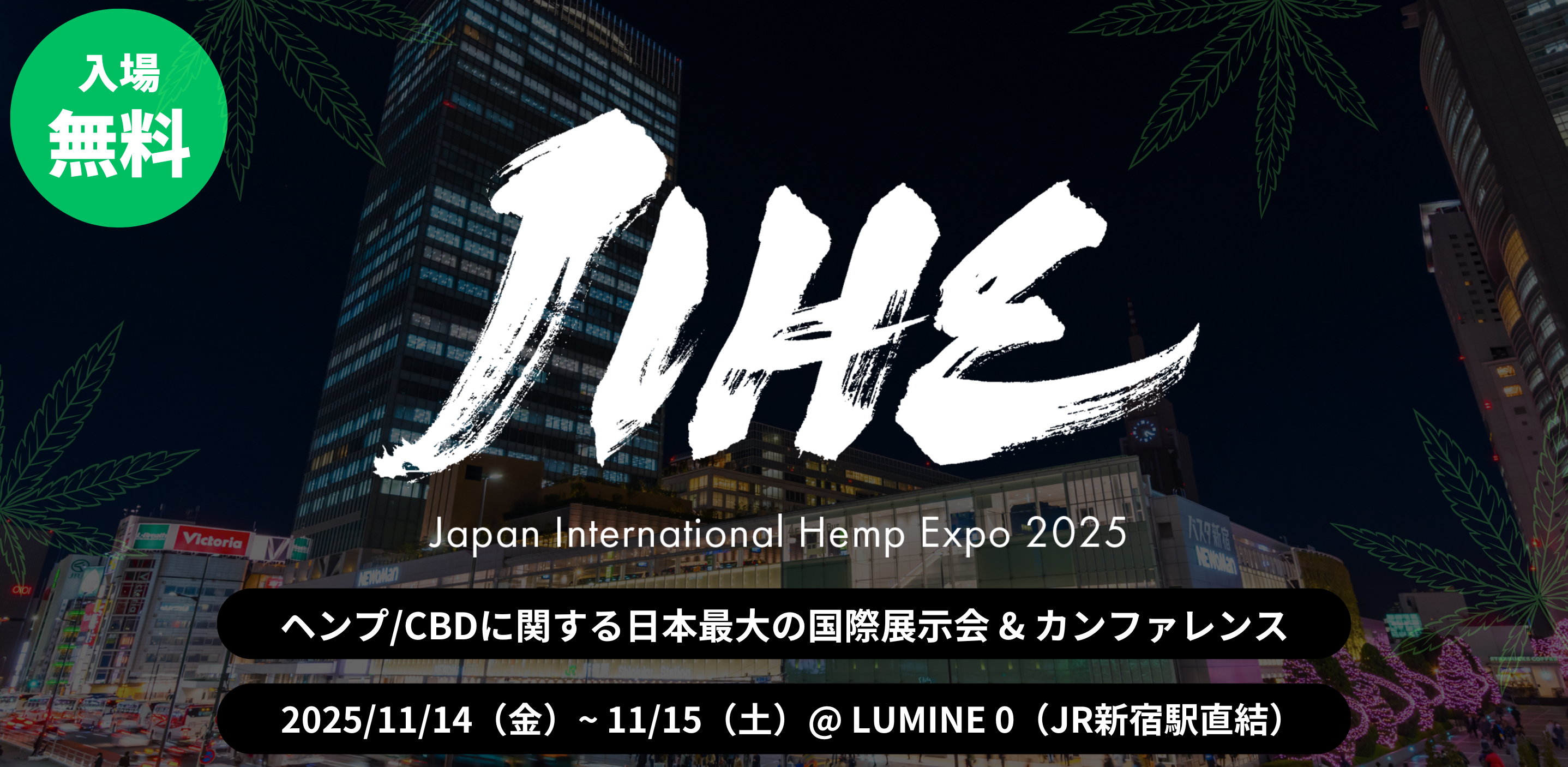
表示名称成分詳細
水酸化Na
成分番号(JP number): 552987
- INCI
- SODIUM HYDROXIDE
- 定義(Description)
- 本品は、ナトリウムの水酸化物であり、次の化学式で表される。Sodium hydroxide
- 日本の規制情報(Japanese regulation information)
- 中文inci(CN/中国名称)
- 氢氧化钠
- 中国の規制情報(Chinese regulation information)
- 【已使用化妆品原料目录(2021年版)】Maximum Historical Usage in Rinse-off Cosmetics(%): /, Maximum Historical Usage in Leave-on Cosmetics(%): /, 備考: 按照《化妆品安全技术规范》要求使用
- 韓国inci(KR/ハングル/성분명)
- 소듐하이드록사이드
- CAS No.
- 1310-73-2
- EC No.
- 215-185-5
- EUの規制情報(Restriction/Annex/Ref#)
III/15a
原料情報
水酸化Na / SODIUM HYDROXIDE
水酸化Naとは
水酸化Naは、溶液としてはアルカリ性を示す、ナトリウムの水酸化物である。
白色の小球であり、薄片または塊で、堅くもろく断面は結晶性です(1)。
水酸化Naは化粧品成分表示名称で定められた表記であり、医薬部外品表示名称では水酸化ナトリウム、または化粧品成分表示名称と同様に水酸化Naと表記されます。慣用名としては、苛性ソーダと呼ばれることもあります。
化粧品成分としてだけでなく、食品添加物、医薬品添加物としても使用されています。
水酸化Naは化粧品成分としては強アルカリ性として、石けんの原料、中和剤、pH調整剤、増粘剤の補助として使用されています。
化粧品としては、スキンケア化粧品、ボディ&ハンドケア製品、メイクアップ化粧品、化粧下地製品、洗顔料、洗顔石鹸、クレンジング製品、シャンプー製品、ボディソープ製品、コンディショナー製品、トリートメント製品、シート&マスク製品など様々な製品に配合されています。
石けん合成の原料
水酸化Naは、せっけんの原料として使用されることが多く、アルカリ成分として使用されます。高級脂肪酸と水酸化Naなどのアルカリ性の成分を一緒に配合すると中和反応がおきて洗浄成分として使われる高級脂肪酸アルカリ金属塩ができます。
この高級脂肪酸アルカリ金属塩を「石けん」と呼んでいます(2)。
pH緩衝
水酸化Naは、配合することで化粧品をアルカリに傾けることができ、pH緩衝も付与できます(1)。
pH緩衝とは、pHの変動を最小限に抑えることができ、添加した化粧品に多少の酸、アルカリが加わっても一定のpHを維持できる作用のことです(3)。
化粧品は、pHの変化は品質の劣化、増粘度の変化がおこります。この変化を起こさないようにするためにpH緩衝剤が使用されます。
中和剤、pH調整
水酸化Naは、強アルカリ性です。
皮膚の表面は基本的に弱酸性を維持しており、菌の増殖多さえる作用などで重要な役割をしています。スキンケア化粧水は基本的に弱酸性として設計されており、洗浄剤でアルカリ性に傾いた肌を弱酸性に戻すことを目的しています(4)。
水酸化Naは、強アルカリ性を示すため、化粧品に配合される場合は、単独での使用されることはなく、酸性成分と一緒に配合され、pH調整剤として使用されると考えられます(2)。
増粘剤の補助
水酸化Naは、アルカリ性成分として、カルボマー(アクリレーツ/アクリル酸(C10-30))クロスポリマーなどの中和されることで増粘効果を発揮する成分と一緒に配合されます。
安全性
安全性において水酸化Naは、強アルカリ性を示すことから、毒物・劇物にも関わってきます。
しかし、毒物・劇物に指定されているのは5%以上の濃度での水溶液が定められています。化粧品成分における配合では、酸性成分との配合により中和されているため、安全に使用できます(4)。
また、水酸化Naを使用した石けんに関しては、皮膚に対する浸透性の検証報告がされており、皮膚への浸透性が低いという報告がされています。このことから水酸化Naを原料とする石けんは、皮膚への浸透性が低く、安全性に問題ないことが考えられます(5)。
水酸化Naは、40年以上の使用実績があり、食品添加物など様々な指定を受けています。
下記指定されているリストです。
- 食品添加物指定添加物リスト
- 日本薬局方
- 医薬部外品原料規格
使用実績の期間から、一般的な使用であれば安全性は高いとされています。
皮膚刺激性においては、水酸化Naの高濃度水溶液の検証においては軽度-重度の刺激があるとの結果が示されています。ですが、一般的な化粧品濃度においては、40年以上の実績から、安全は高いと考えられますが、現状詳しいデータはみあたりません(6)。
眼科刺激性においても皮膚刺激性の検証と同様に、濃度依存性の刺激が確認されています(6)。
現状、化粧品においての濃度、中和された状態での検証データはみあたりません。
皮膚感作性は検証の結果、ほとんどアレルギーはないと報告されています(6)。
参考文献
(1)化粧品成分用語事典2012. (2012). 日本: 中央書院.p634
(2)化粧品成分ガイド. (2020). 日本: フレグランスジャーナル社.p238
(3)西山成二・塚田 雅夫(1999)「緩衝溶液についての一考察」順天堂医学(44)(Supplement),S1-S6. DOI:10.14789/pjmj.44.S1.
(4)厚生省(1955)「毒物及び劇物取締法施行令」政令第二百六十一号.
(5).F. Bergfeld, et al(2015)「Safety Assessment of Inorganic Hydroxides as Used in Cosmetics」,2021年6月22日アクセス.
(6)I.H. Blank & E. Gould(1961)「Penetration of Anionic Surfactants into Skin: Ⅲ. Penetration from Buffered Sodium Laurate Solutions」Journal of Investigative Dermatology(37)(6),485-488. PMID:13869837.
水酸化Naの配合目的
- 強アルカリ性から、pH調整、中和剤、緩衝溶液の作成の使用目的
- 強アルカリ剤として、石けんの原料として使用
- 中和されることで増粘効果を発揮させる成分と一緒に配合
水酸化Naの安全性情報
試験データをみるかぎり濃度5%以下において軽度-重度の皮膚刺激が報告されていますが、これらの試験データは強塩基性を示す水酸化Na単体のものです。
W.F. Bergfeld, et al(2015)「Safety Assessment of Inorganic Hydroxides as Used in Cosmetics」
https://online.personalcarecouncil.org/ctfa-static/online/lists/cir-pdfs/PRS703.pdf
日本語論文
引間 貴子 , 野々村 美宗 色材協會誌 82(10), 443-446, 2009-10-20
齋藤 宗一郎 , 北山 智也 , 篠原 悠太 , 沼田 靖 , 田中 裕之 廃棄物資源循環学会研究発表会講演集 23(0), 299, 2012
湯浅徹夜 皮膚 37, 341-345, 1995
湯浅 徹也 , 朝日 国比古 , 高橋 真智子 , 橋本 健治 , 谷口 芳記 , 清水 正之 皮膚 37(3), 341-345, 1995
柚木 大和 歯科医学 56(2), g65-g66, 1993
ナキウサギ<I>Ochotona rufescens rufescens</I>の皮膚における一次刺激反応
酒井 健夫 , 児玉 幸夫 , 山本 博昭 , 堀内 茂友 , 野村 達次 Experimental Animals 38(4), 297-303, 1989
英語論文
Ndiaye D, et al. J Mycol Med. 2016. PMID: 27198757 French.
Complications of sodium hydroxide chemical matrixectomy: nail dystrophy, allodynia, hyperalgesia.
Bostancı S, et al. J Am Podiatr Med Assoc. 2014. PMID: 25514278
Jiménez IM, et al. Bioresour Technol. 2020. PMID: 31945682
Enhancement of astaxanthin production in Haematococcus pluvialis using zinc oxide nanoparticles.
Nasri N, et al. J Biotechnol. 2021. PMID: 34673120
Protein loss in human hair from combination straightening and coloring treatments.
França-Stefoni SA, et al. J Cosmet Dermatol. 2015. PMID: 26177865
Improving dimensional stability of dental amalgam by using Nano Zinc Oxide.
Rehman A, et al. J Pak Med Assoc. 2020. PMID: 32400736
Terzi E, et al. Dermatol Surg. 2017. PMID: 28362670
Surface modification of TiO2 particles with the sono-assisted exfoliation method.
Thasirisap E, et al. Ultrason Sonochem. 2017. PMID: 28733000 Free article.
Shankar S, et al. Int J Biol Macromol. 2018. PMID: 30017990
M V A, et al. Carbohydr Polym. 2020. PMID: 32933693
Durable antibacterial and UV-protective Ag/TiO2@ fabrics for sustainable biomedical application.
Li S, et al. Int J Nanomedicine. 2017. PMID: 28408826 Free PMC article.
Amani A, et al. Int J Biol Macromol. 2019. PMID: 30447368
Development and characterization of metal oxide nanoparticles for the delivery of anticancer drug.
Sharma H, et al. Artif Cells Nanomed Biotechnol. 2016. PMID: 25406734
Pawlik A, et al. Colloids Surf B Biointerfaces. 2018. PMID: 30007219
In vitro susceptibility of Candida albicans to four disinfectants and their combinations.
Waltimo TM, et al. Int Endod J. 1999. PMID: 10709489
Cytokine expression correlates with differential sensory perception between lye and no-lye relaxers.
Tackey RN, et al. J Cosmet Sci. 2013. PMID: 23578834
P MR, et al. Int J Biol Macromol. 2015. PMID: 25841382
Raja K, et al. Spectrochim Acta A Mol Biomol Spectrosc. 2014. PMID: 24177864
Hubaud JC, et al. J Photochem Photobiol B. 2008. PMID: 18565756
Motta FL, et al. N Biotechnol. 2016. PMID: 27432195
El Saliby I, et al. Water Res. 2013. PMID: 23587264
Lachenmeier DW, et al. Anal Bioanal Chem. 2004. PMID: 14598006
Functional behaviour of polyethylene-ZnO nanocomposites.
Vigneshwaran N, et al. J Nanosci Nanotechnol. 2008. PMID: 19049187
Alammar T, et al. ChemSusChem. 2011. PMID: 22162406
Siddique S, et al. Acta Chim Slov. 2013. PMID: 24169721


